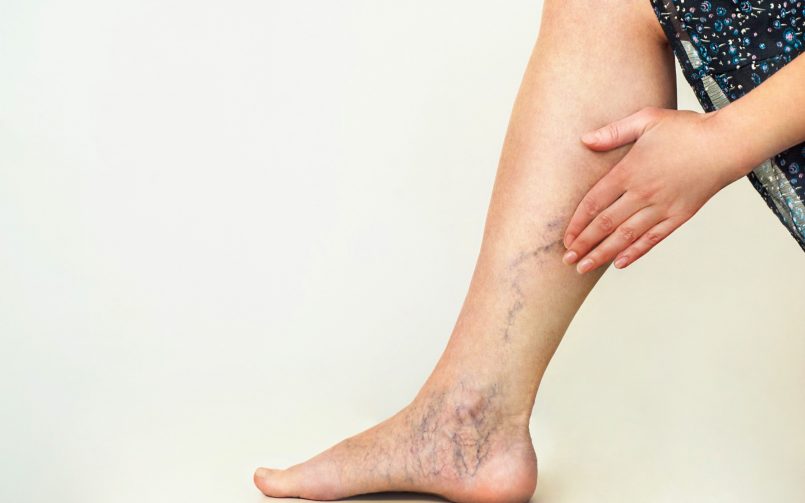Varicose Veins Treatment
Overview

Why it's done
Relieve Symptoms: Varicose veins can cause discomfort, pain, swelling, itching, and a feeling of heaviness or achiness in the legs. Treatment helps alleviate these symptoms, promoting better mobility and comfort.
Prevent Complications: Left untreated, varicose veins can lead to complications such as skin ulcers, blood clots, and superficial thrombophlebitis. Treatment helps reduce the risk of these complications, safeguarding the patient’s health.
Improve Appearance: Varicose veins can be unsightly, affecting self-esteem and confidence. Treatment options, including procedures like sclerotherapy and laser therapy, aim to reduce the appearance of varicose veins, enhancing the aesthetic appearance of the legs.
Enhance Circulation: Varicose veins can impair blood circulation in the legs, leading to discomfort and swelling. Treatment improves blood flow, promoting better circulation and reducing associated symptoms.
Prevent Progression: Treating varicose veins in their early stages can prevent them from worsening over time. Early intervention can halt the progression of the condition, reducing the need for more invasive treatments in the future.
Risk
- Infection
- Bleeding
- Bruising and Swelling
- Allergic Reactions
- Nerve Damage
- Skin Discoloration
- Recurrence
How do I get ready for Varicose Veins Treatment?
Consultation with a Specialist: Schedule a consultation with a vascular specialist or a vein specialist to discuss your treatment options and determine the most appropriate approach for your condition.
Medical History and Evaluation: Provide your medical history, including any previous vein treatments, surgeries, or underlying health conditions, to the specialist. Undergo a thorough physical examination and diagnostic tests, such as ultrasound, to assess the severity and extent of your varicose veins.
Discussion of Treatment Plan: Work closely with your healthcare provider to understand the proposed treatment plan, including the specific procedure, expected outcomes, potential risks, and recovery process. Ask any questions you may have to clarify doubts or concerns.
Medications and Supplements: Inform your healthcare provider about all medications, supplements, and herbal remedies you are currently taking. Some medications, such as blood thinners, may need to be adjusted or temporarily discontinued before the procedure to reduce the risk of bleeding.
Compression Stockings: Depending on the type of treatment planned, your doctor may recommend wearing compression stockings before and/or after the procedure. These stockings help improve blood circulation and reduce swelling, promoting better outcomes and faster recovery.
Preparation at Home: Arrange for someone to accompany you to the appointment, particularly if you will be receiving sedation or anesthesia. Follow any pre-procedure instructions provided by your healthcare provider, such as fasting requirements or skin preparation at the treatment site.
Post-Procedure Care: Plan for adequate rest and recovery time following the procedure. Arrange for transportation home from the medical facility, and ensure you have someone available to assist you with daily activities, if necessary. Follow your doctor’s post-procedure instructions closely, including any medication regimen, activity restrictions, and follow-up appointments.


